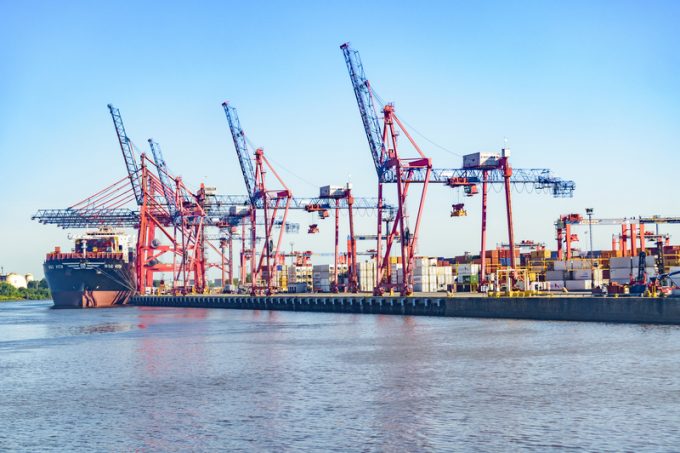CMA CGM South Korean staff strike over bonuses after bumper 2024 profit
CMA CGM’s employees in its South Korea office have gone on strike for increments and ...

The container shipping industry could lose as much as $23bn this year from reduced demand in the wake of the coronavirus pandemic.
Demand for unitised shipping services is set to nosedive as a result of the economic devastation wrought by large swathes of the world forced ...

Comment on this article
Gary Ferrulli
April 06, 2020 at 4:46 pmDart-board economics.